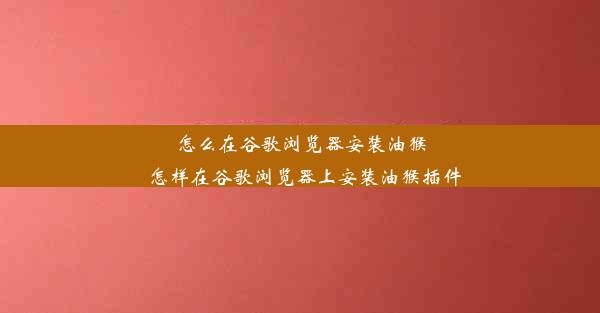谷歌在线英文翻译
 谷歌浏览器电脑版
谷歌浏览器电脑版
硬件:Windows系统 版本:11.1.1.22 大小:9.75MB 语言:简体中文 评分: 发布:2020-02-05 更新:2024-11-08 厂商:谷歌信息技术(中国)有限公司
 谷歌浏览器安卓版
谷歌浏览器安卓版
硬件:安卓系统 版本:122.0.3.464 大小:187.94MB 厂商:Google Inc. 发布:2022-03-29 更新:2024-10-30
 谷歌浏览器苹果版
谷歌浏览器苹果版
硬件:苹果系统 版本:130.0.6723.37 大小:207.1 MB 厂商:Google LLC 发布:2020-04-03 更新:2024-06-12
跳转至官网

Introduction to Google Translate
Google Translate is a widely used online translation service provided by Google. It allows users to translate text, websites, and even images from one language to another. Launched in 2006, this tool has become an essential part of daily life for many people around the world, facilitating communication and understanding across different languages.
How Google Translate Works
Google Translate uses a combination of machine learning and statistical machine translation to provide accurate translations. The service analyzes vast amounts of text data from the internet to learn language patterns and structures. This data-driven approach allows Google Translate to continuously improve its translation quality over time.
Types of Translations Supported
Google Translate supports a wide range of languages, with over 100 languages available for translation. Users can translate text, speech, and images. Additionally, the service offers features like automatic language detection, which can identify the language of a text or speech input without the user specifying it.
Features of Google Translate
1. Text Translation: Users can input text in one language and receive a translation in another language.
2. Speech Translation: This feature allows users to speak in one language and have their words translated into another language in real-time.
3. Image Translation: Users can upload images containing text, and Google Translate will attempt to recognize and translate the text within the image.
4. Document Translation: Users can upload documents in various formats, and Google Translate will provide a translated version of the document.
5. Website Translation: Google Translate can translate entire web pages, making it easier for users to access content in a different language.
Accuracy and Limitations
While Google Translate has made significant advancements in translation technology, it is not perfect. The accuracy of translations can vary depending on the complexity of the text and the languages involved. For formal documents or critical communications, it is advisable to have the translation reviewed by a human translator.
Accessibility and Integration
Google Translate is accessible through various platforms, including the web, mobile apps, and even as a Chrome extension. It is also integrated into other Google services, such as Google Docs and Gmail, making it convenient for users to translate text within these applications.
Community Contributions
Google Translate relies on the contributions of its user community to improve its translation quality. Users can suggest improvements to translations, which are then reviewed by Google's team. This collaborative approach helps to ensure that the translations are as accurate and relevant as possible.
Conclusion
Google Translate has revolutionized the way we communicate across languages. Its user-friendly interface, extensive language support, and innovative features make it an invaluable tool for individuals, businesses, and organizations worldwide. Despite its limitations, Google Translate continues to be a cornerstone of global communication, breaking down language barriers and fostering a more connected world.












